RobotLAB Blog
Everything You Need To Know About Robotics in Businesses
The Future of Education: Embracing Technology for Enhanced Teaching
By Ronie Salazar
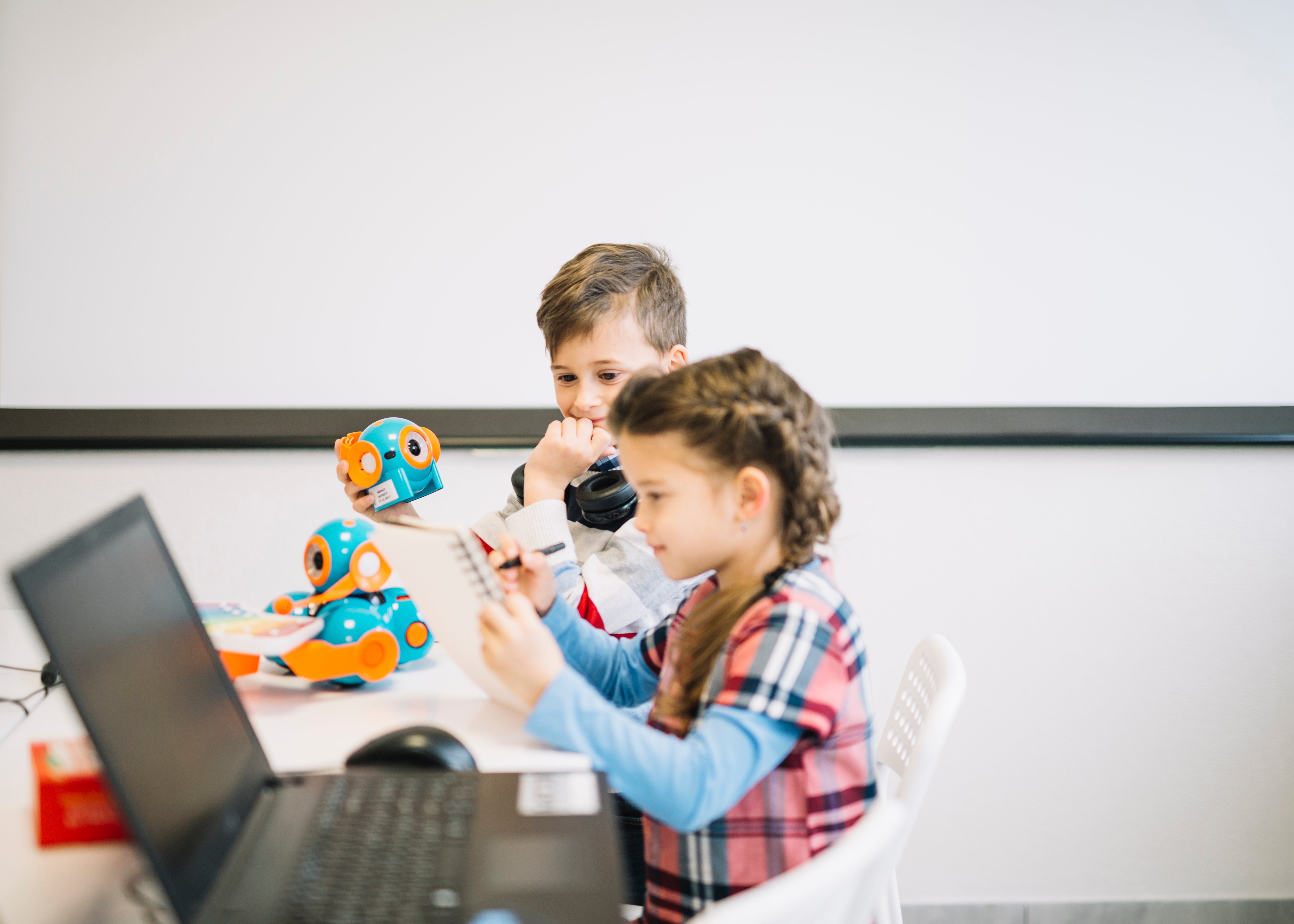 Image by Freepik
Image by Freepik
Our everyday lives now depend heavily on technology, and incorporating it into the classroom is critical for ensuring that students are prepared for the future. Educators can improve their teaching strategies, engage students, and offer tailored learning experiences by using technology. It provides a wide range of tools and resources that accommodate various learning styles, encouraging critical thinking and active engagement. Additionally, technology gives students the digital skills needed in the workforce of the twenty-first century, increasing accessibility and inclusivity in education.
- 0 Comments
- Jul 3, 2023 1:52:49 PM
- Posted by Maria Alejandra Calcetero
- Topics: Robotics, EdTech, STEM, Education, code, 21st Century Classroom, Special Education, Artificial Intelligence, data literacy, Coding, Robots,, students, programming, Technology, VR, STEMchat, Edchat, AI, k12, virtual learning, classroom, Inteligencia Artificial, Literacy, STEM literacy
How Could AI Robots Free Up Teachers' Time in Education? 6 Possibilities
By Carla Jose
Image Source: Pexels
Imagine a revolution in conventional teaching techniques, utilizing artificial intelligence robots to shoulder some of the burdens. From simple administrative tasks to personalized tutoring, AI plays an increasingly important role in complementing human efforts for enhanced learning outcomes.
If this sounds intriguing to you, stay with us as we explore the ways that these technological wonders could free up precious hours for teachers, enabling them to focus more on what they do best, which is of course inspiring young minds.
- 0 Comments
- Jun 30, 2023 11:49:41 AM
- Posted by Maria Alejandra Calcetero
- Topics: Robotics, EdTech, STEM, Education, code, 21st Century Classroom, Special Education, Artificial Intelligence, data literacy, Coding, Robots,, students, programming, Technology, VR, STEMchat, Edchat, AI, k12, virtual learning, classroom, Inteligencia Artificial, Literacy, STEM literacy
Teaching AI Ethics in Robotics
By Devin Partida
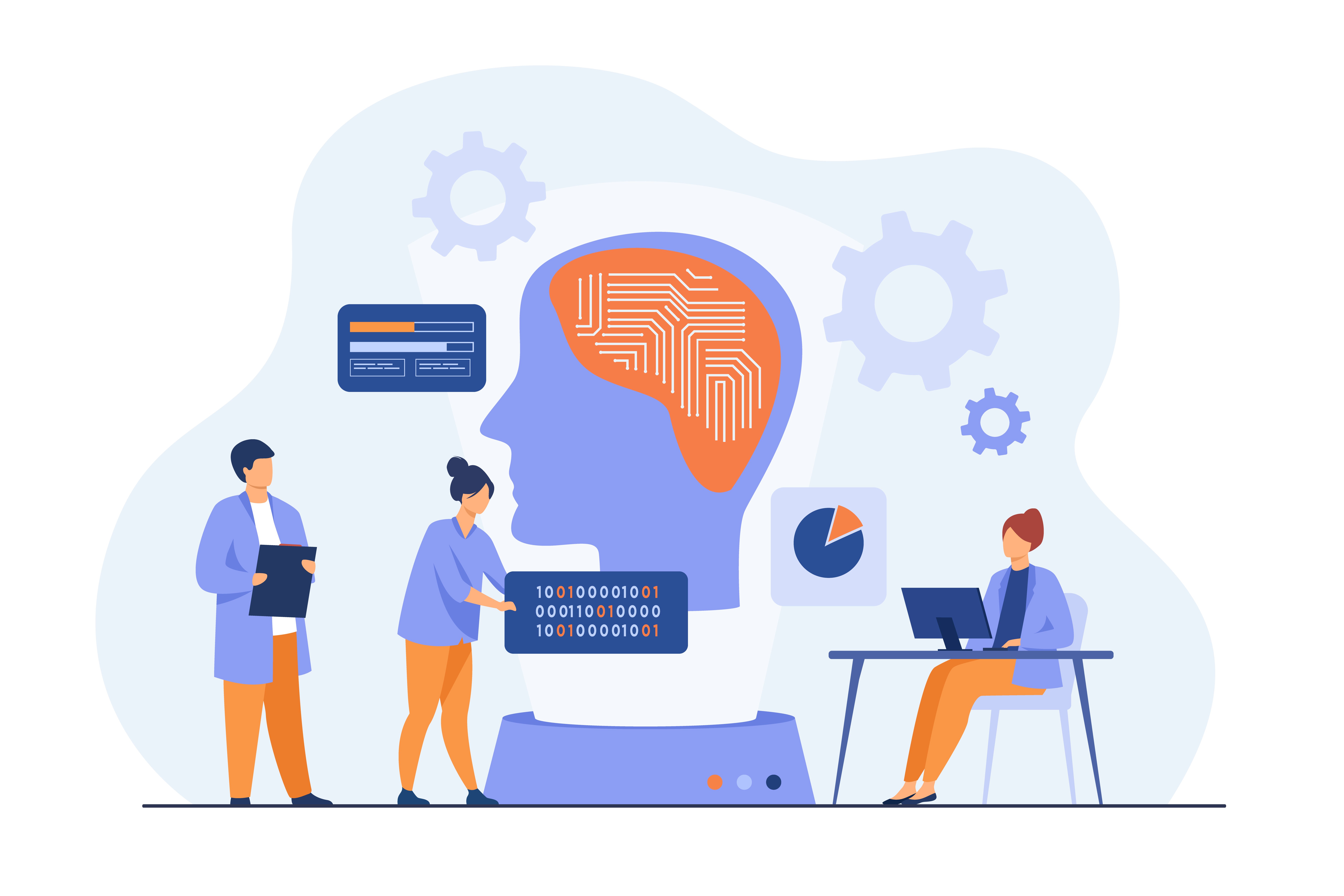
Constant leaps are being made in artificial intelligence (AI). AI is constantly changing and becoming a bigger part of people’s daily lives. With AI tools such as ChatGPT taking the world by storm, artificial intelligence is much more than an app providing weather forecasts or the time.
While it might sound obvious that people created AI, it might not be clear to children. Kids are growing up without understanding what it is and how it works. Here’s how K-12 educators can teach STEM students AI ethics in robotics, why it is important and the resources they could utilize.
- 0 Comments
- Jun 28, 2023 3:42:00 PM
- Posted by Maria Alejandra Calcetero
- Topics: Robotics, EdTech, STEM, Education, code, 21st Century Classroom, Special Education, Artificial Intelligence, data literacy, Coding, Robots,, students, programming, Technology, VR, STEMchat, Edchat, AI, k12, virtual learning, classroom, Inteligencia Artificial, Literacy, STEM literacy
4 ways to support the growing role robotics will have in society
By Dmitry Krasovskiy, PhD, Head of Education and Learning Services, EPAM Systems, Inc
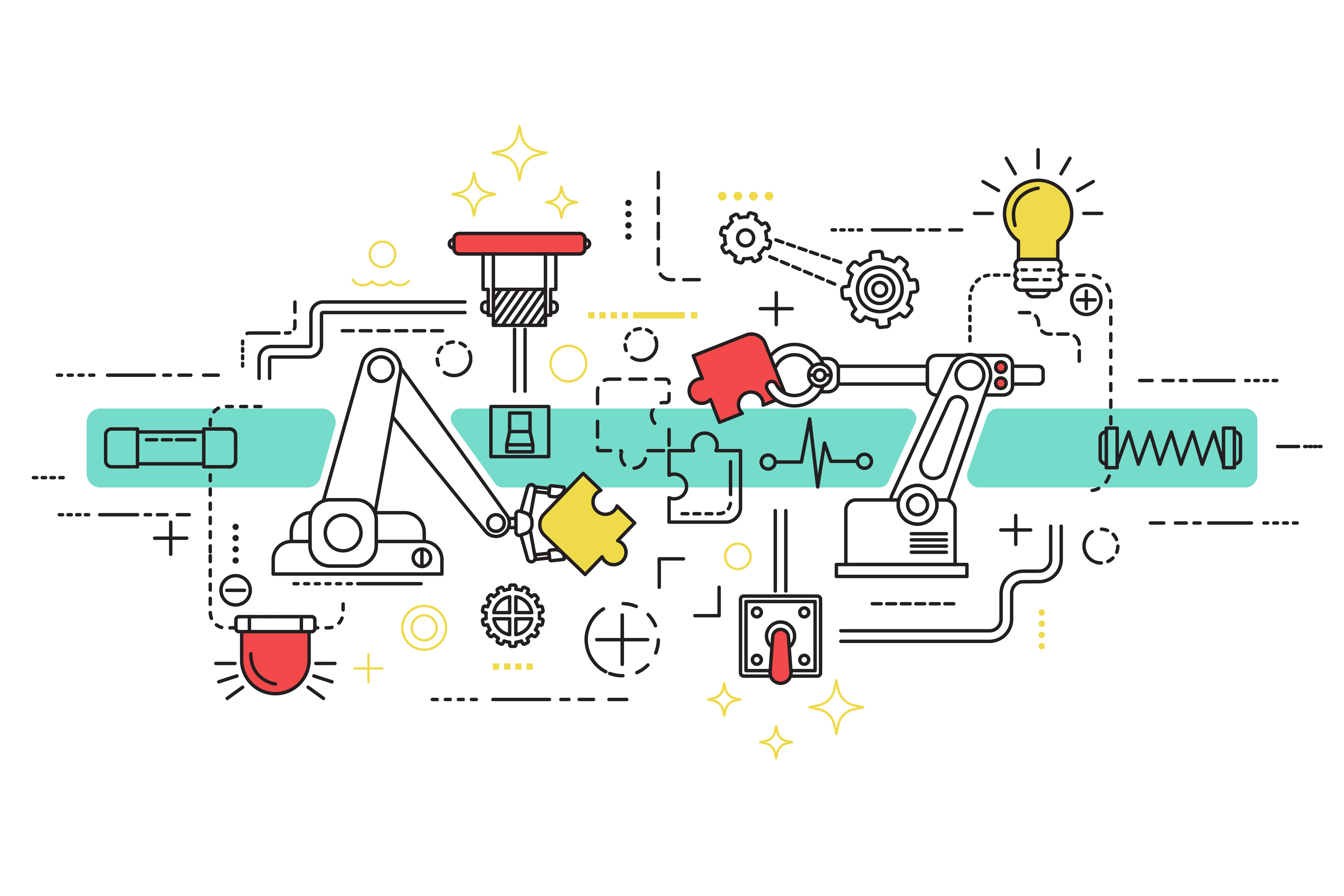
Here’s how edtech providers can buoy educators’ efforts to teach tomorrow’s inventors to embrace the future through robotics
- 1 Comments
- Jun 15, 2023 3:21:00 PM
- Posted by Maria Alejandra Calcetero
- Topics: Robotics, EdTech, STEM, Education, code, 21st Century Classroom, Special Education, Artificial Intelligence, data literacy, Coding, Robots,, students, programming, Technology, VR, STEMchat, Edchat, AI, k12, virtual learning, classroom, Inteligencia Artificial, Literacy, STEM literacy
How Can Teachers Effectively Incorporate Social Media Into Their STEM Curriculum
By Katie Brenneman
 Image Source: Pexels
Image Source: Pexels
In today's digitally interconnected world, social media has revolutionized the way people communicate, collaborate, and consume information. It has permeated various aspects of our lives, including education, where it presents unique opportunities for teachers to engage students in new and exciting ways. One particular field that can greatly benefit from this integration is STEM (Science, Technology, Engineering, and Mathematics) education.
Let’s take a closer look at how teachers can effectively incorporate social media into a STEM curriculum.
- 0 Comments
- May 24, 2023 9:04:29 AM
- Posted by Maria Alejandra Calcetero
- Topics: Robotics, EdTech, STEM, Education, code, 21st Century Classroom, Special Education, Artificial Intelligence, data literacy, Coding, Robots,, students, programming, Technology, VR, STEMchat, Edchat, AI, k12, virtual learning, classroom, Inteligencia Artificial, Literacy, STEM literacy
Is Online Collaboration Better for STEM Students?
By Devin Partida
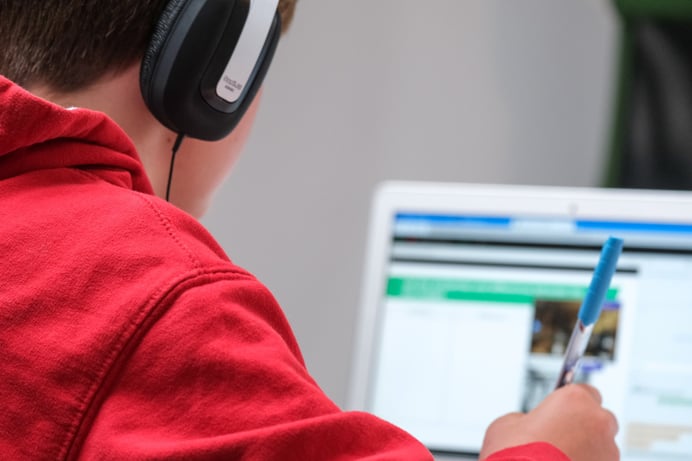
The pandemic forced many students to switch to online courses. While virtual learning was a useful stopgap measure in the absence of in-person classes, certain topics proved very difficult to teach remotely, especially hands-on STEM subjects. For physical science, technology and engineering courses, in-person classes work best, but there’s still a place for online learning.
- 0 Comments
- May 15, 2023 3:49:49 PM
- Posted by Maria Alejandra Calcetero
- Topics: Robotics, EdTech, STEM, Education, code, 21st Century Classroom, Special Education, Artificial Intelligence, data literacy, Coding, Robots,, students, programming, Technology, VR, Realidad Virtual, STEMchat, Edchat, AI, k12, Virtual Reality, virtual learning, classroom, Inteligencia Artificial, Literacy, STEM literacy
Here is the STEM grants list for 2023!
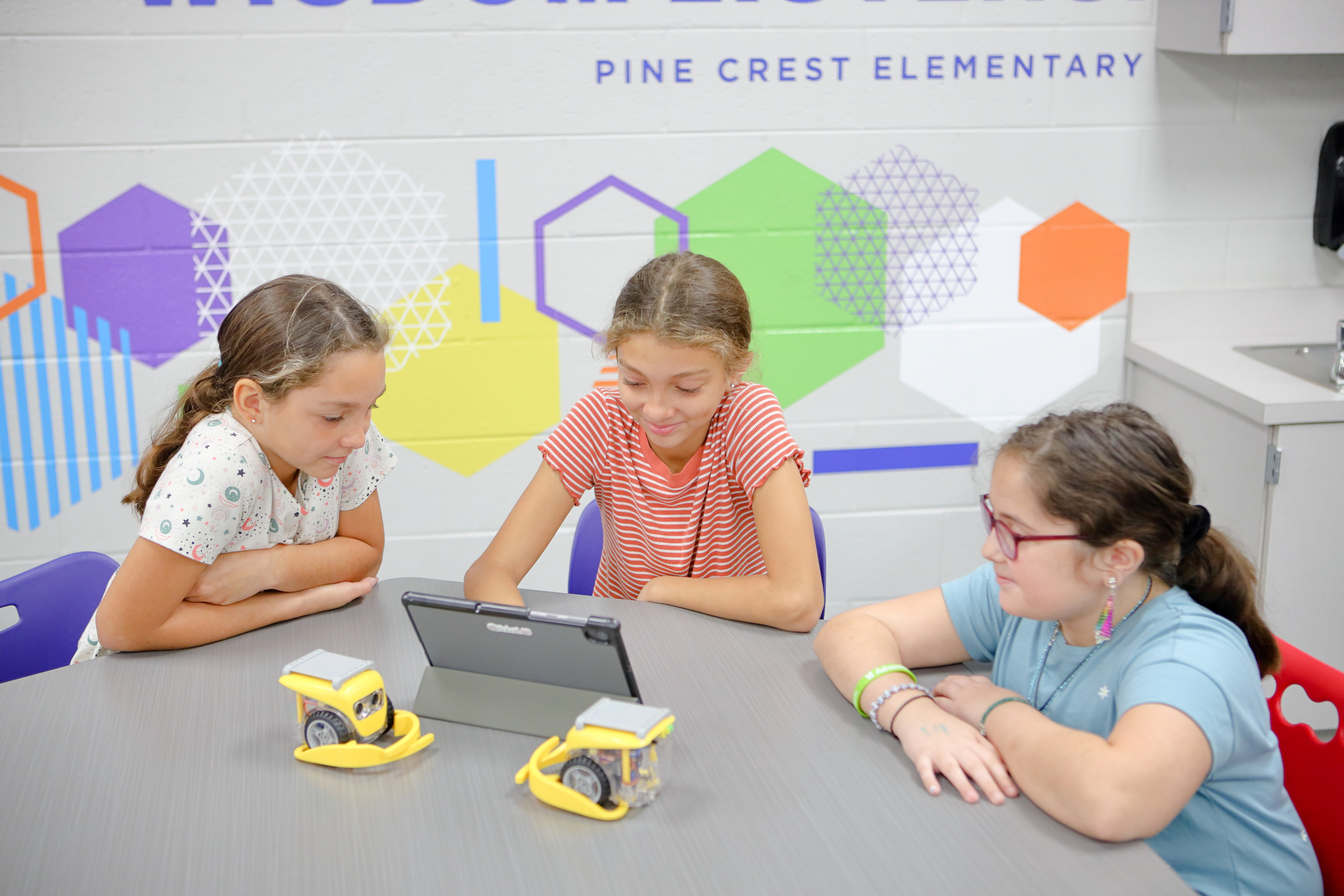
At RobotLAB, we believe that every student deserves access to the latest technologies and learning tools to prepare them for the future.
As part of our commitment to supporting STEM education, we've compiled a list of existing and new grants that schools can apply for to invest in robotics technology and support their educational programs.
We understand that finding the right funding can be a challenge for schools, which is why we've done the research and put together a comprehensive list of STEM opportunities and resources to help you navigate the offerings available.
- 0 Comments
- May 11, 2023 3:27:21 PM
- Posted by Maria Alejandra Calcetero
- Topics: Robotics, EdTech, STEM, Education, code, 21st Century Classroom, Special Education, Artificial Intelligence, data literacy, Coding, Robots,, students, programming, Technology, VR, Realidad Virtual, STEMchat, Edchat, AI, k12, Virtual Reality, virtual learning, classroom, Inteligencia Artificial, Literacy, STEM literacy
Emphasizing the Importance of STEM to Students
By Devin Partida
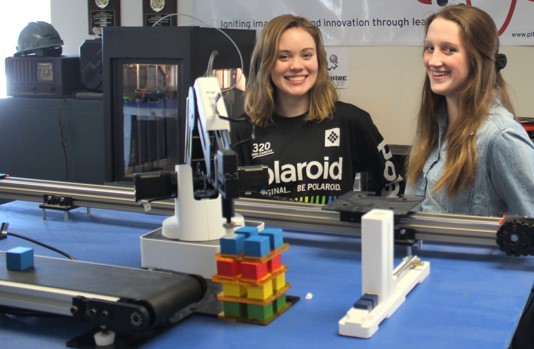
Science, technology, engineering and math (STEM) make the world go round. It drives everything from medicine to spaceflight, enriching everyone’s lives and securing the future. If your students need further proof of STEM’s importance, here are several reasons it’s so valuable.
- 0 Comments
- Apr 12, 2023 6:41:41 PM
- Posted by Maria Alejandra Calcetero
- Topics: Robotics, EdTech, STEM, Education, code, 21st Century Classroom, Special Education, Artificial Intelligence, data literacy, Coding, Robots,, students, programming, Technology, VR, Realidad Virtual, STEMchat, Edchat, AI, k12, Virtual Reality, virtual learning, classroom, Inteligencia Artificial, Literacy, STEM literacy
How STEM Educators Can Prepare Students for Workforce Implementation of Robotics and AI
By Katie Brenneman
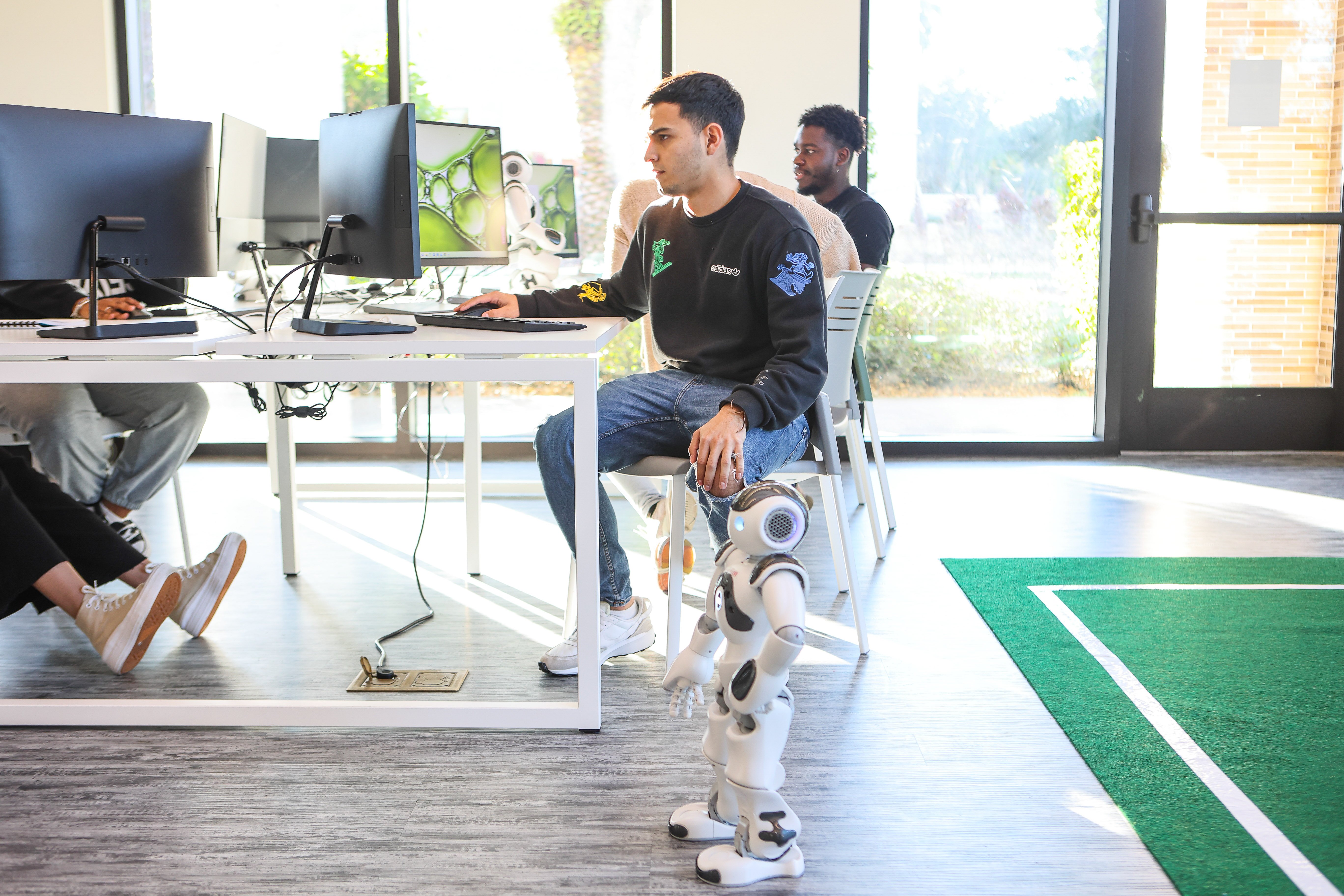 Saint Leo University- AI Lab implementation by RobotLAB
Saint Leo University- AI Lab implementation by RobotLAB
Once upon a time, robotics and artificial intelligence (AI) systems were largely the stuff of science fiction. If they appeared in “real life,” it was primarily in the most advanced, technology-driven enterprises, those to which most ordinary working people had little, if any, connection.
Today, however, the situation has dramatically changed. Robotics and AI are now infiltrating almost every aspect of daily life. They’re shaping how we communicate and learn. They’re transforming the practice of medicine. And they’re even informing how we accomplish the most mundane of daily tasks from banking to shopping to cleaning the house.
- 0 Comments
- Mar 14, 2023 10:23:52 AM
- Posted by Maria Alejandra Calcetero
- Topics:
STEM Resources for Budding Engineers
By Katie Brenneman
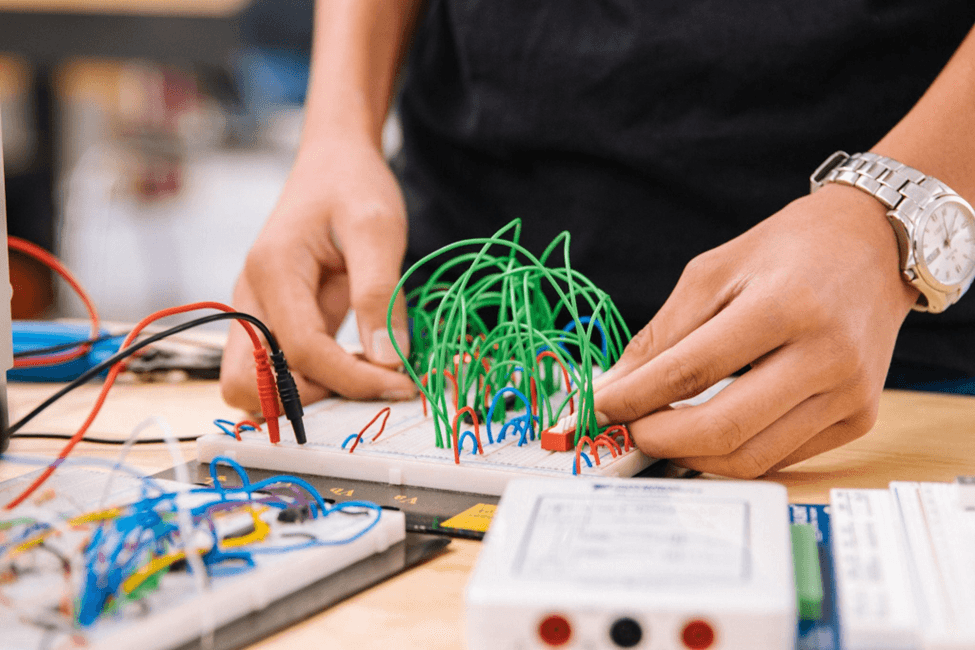
There’s a dearth of good engineers out there. As technology evolves, so does its complexity. Just as important as maintaining the momentum of technological progress is equipping the next generation to pick up where the last one left off.
Part of our obligation today is creating and compiling keystone resources that will aid young engineers in their journey to achieve new breakthroughs. Herein lies the fundamental growth pillars of forward-thinking engineers in various verticals: science, technology, engineering, and mathematics (STEM). Something we must contend with is building up young engineers to be both technically and professionally proficient. Let’s explore a few perspectives and resources that can serve to educate budding engineers and prepare them for the world of tomorrow.
- 0 Comments
- Feb 21, 2023 2:06:44 PM
- Posted by Maria Alejandra Calcetero
- Topics:
Relevant Posts
- Augmented Reality: A Tool for Teaching Students Robot Programming
- Fostering Innovation Through Youth Education in STEM and EdTech
- How Parents Can Foster STEM Learning Beyond the Classroom
- How Robotics Cultivates a Deep Understanding of Mathematics in Students
- RobotLAB Receives EDTech Chronicle 2023 ‘BESTIE’ Award for Landmark Partnership with American Samoa Dept. of Education.
Subscribe to Email Updates
-
I Want To Learn MoreADDITIONAL INFORMATION
